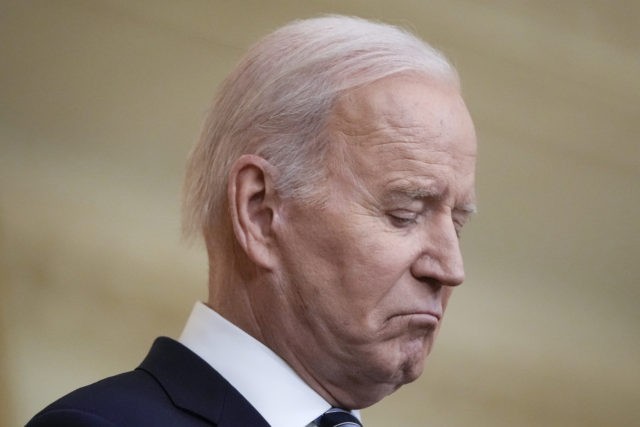A key measure of inflation indicates prices rose in January at the fastest annual pace in forty years.
The personal consumption expenditures price index, which the Fed uses for its two percent inflation target, increased 0.6 percent from December and 6.1 percent from 12-months earlier.
The figures show that inflation accelerated as the year began, upending hopes that prices might cool somewhat. The Fed has been shrinking the size of its asset purchases for the past few months and indicated that it plans to raise its target in March. That has driven up rates of mortgages and other loans but there’s no indication inflation has tapered.
Prices rose by 0.5 percent in December, more than the preliminary report of a 0.4 percent rise.
Core PCE inflation, which excludes the often-volatile food and energy categories, rose 0.5 percent, matching December’s gain. For the year, prices were up 5.2 percent, an acceleration from December’s 4.9 percent year-over-year increase. The January increase was the largest since 1983.
The PCE index is considered by the Fed to better reflect the prices paid by consumers because it takes into account when consumers substitute cheaper goods for more expensive ones and counts a more comprehensive basket of goods than the Consumer Price Index. The PCE index tends to run a half point or more below the CPI, although over time both move along the same trajectory.
The January figures were largely in line with Wall Street expectations, a sign that analysts have finally adjusted to the high inflation environment. For several months last year, estimates consistently undershot realized inflation as economists underestimated the durability, scale, and strength of inflation in the economy. Fed officials and the Biden administration insisted for several months in 2021 that inflation was transitory and would stay narrow. Many outside economists followed suit.

COMMENTS
Please let us know if you're having issues with commenting.